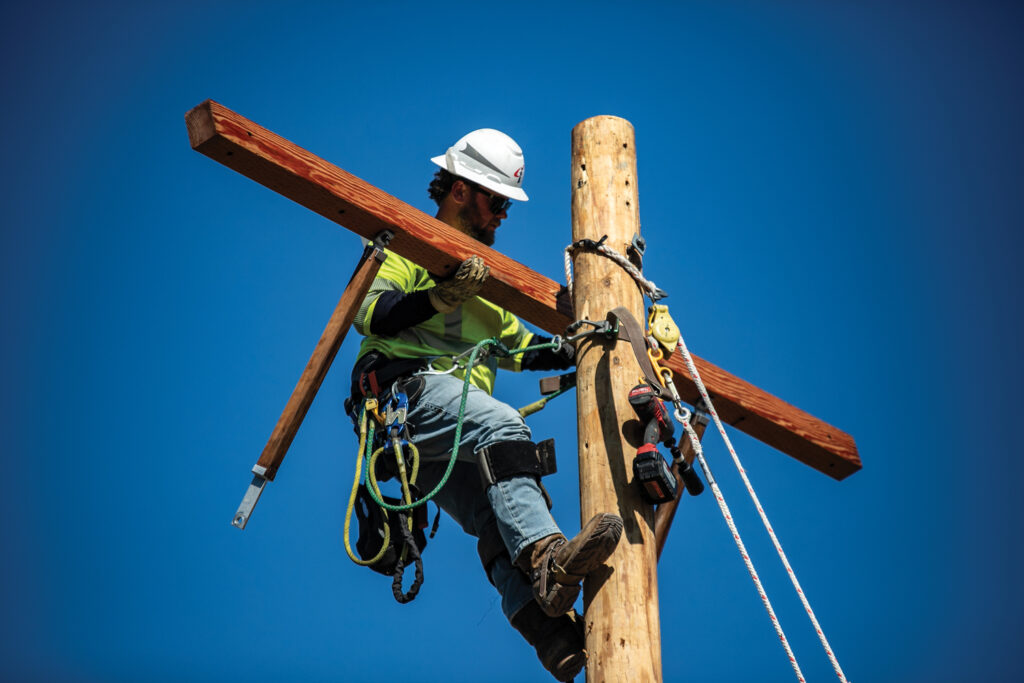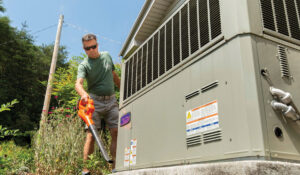Smart technology can make it easier to save energy by simplifying or automating tasks. It can also optimize energy use to reduce waste and improve efficiency. When upgrading to smart technology at home, consider the purchase cost as well as long-term savings. You may pay more up front, but it could result in significant savings over the lifetime of the appliance.
Smart thermostats save energy by automatically adjusting your heating or cooling system. For example, you can save as much as 10% a year on heating and cooling costs by adjusting your thermostat 7 to 10 degrees from its normal setting for eight hours a day, according to the Department of Energy (DOE).
You can program a smart thermostat to change the temperature when you are asleep or away or use a smartphone app to adjust your thermostat settings. Some models use artificial intelligence to maximize efficiency by learning your patterns and preferences. Prices range from $80 to $250, depending on features. Smart thermostats do not work with all heating and cooling systems, so check compatibility before you buy.
Your water heater can also be controlled for energy savings. Installing a timer on your electric water heater can save 5% to 12% of the energy it uses by turning it off at night and when you don’t need to use hot water, according to the DOE.
If you plan to replace your electric storage water heater with a heat pump water heater, consider a model equipped with smart technology features, including Wi-Fi capabilities for controlling it remotely or during peak demand times, viewing the amount of hot water available and tracking energy use.
There are a variety of modes, including vacation, efficiency and high demand, which produces more hot water. Some models can detect leaks and will turn off automatically. Depending on the manufacturer and size of the unit, a smart heat pump water heater may only cost a few hundred dollars more than a standard heat pump water heater.
Smart lighting gives you the power to control lights in your home remotely or set a lighting schedule that fits your lifestyle. This is beneficial for energy savings and home security. If you or other members of your household are notorious for leaving lights on, smart lighting can help.
Smart light switches are another budget-friendly way to control lighting. They’re priced from about $10 to $50. Smart switches with dimmable options are available and can also control ceiling fans. Some have occupancy sensors that turn lights off when no movement is detected.
A smart plug fits into any outlet to control whatever is plugged into it. Set them to automatically turn off and on or control them using a smartphone app. Prices range from $8 to $25.
A variety of smart shades, curtains and blinds are available, including styles with integrated controls. You can also add smart controls to your existing blinds or curtains. Both options allow you to adjust the tilt of blinds and open or close curtains. Set a schedule, control them remotely or use a voice command paired with a voice assistant. This allows you to reduce cooling needs in the summer and heating needs in the winter. Smart controls start at around $70. To save the most energy, prioritize windows with the most incoming light.
Upgrading to smart home technologies can make it easy to use less energy at home. Choose options that make the most sense for your lifestyle to optimize savings.










